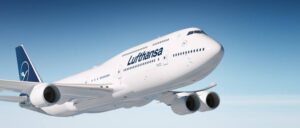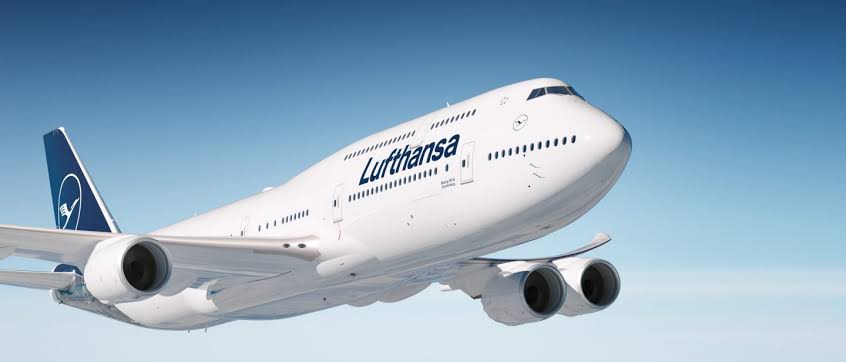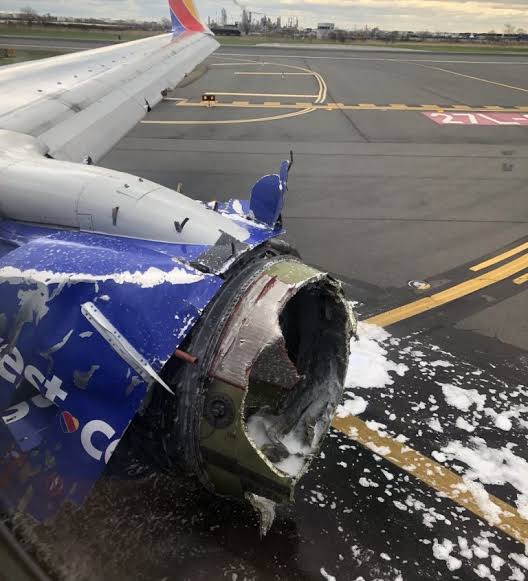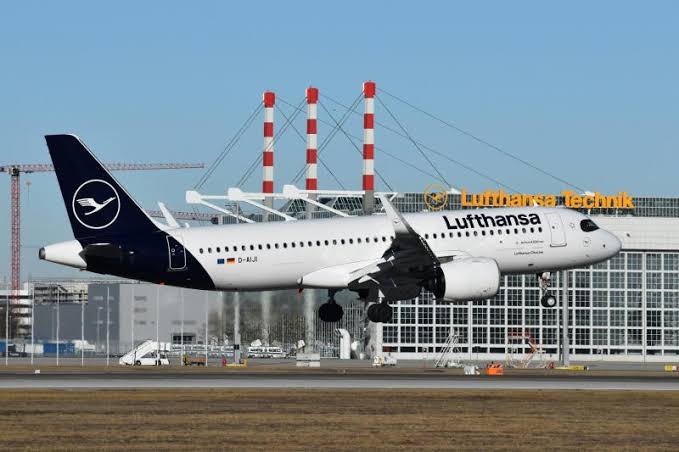Tragedy in the Alps: Germanwings Flight 9525
Tragedy in the Alps: Germanwings Flight 9525 Co-Pilot Deliberately Crashes Plane, Killing 150
Introduction
On March 24, 2015, the world was shaken by one of the most tragic and disturbing airline disasters in history. Germanwings Flight 9525, an Airbus A320 operated by Lufthansa’s low-cost subsidiary, crashed into the French Alps during a routine flight from Barcelona, Spain, to Düsseldorf, Germany. The crash claimed the lives of all 150 people on board, including 144 passengers and six crew members. As investigators worked tirelessly to uncover the cause of the disaster, they made a chilling discovery—the crash was intentional.
The Flight and the Crash
Flight 9525 took off from Barcelona–El Prat Airport at 10:01 AM CET with no reported issues. The aircraft climbed to its cruising altitude of 38,000 feet, maintaining normal communication with air traffic controllers. However, at 10:30 AM, the plane unexpectedly began a rapid descent.
Within minutes, the Airbus A320 was plummeting towards the rugged terrain of the French Alps at a terrifying speed of 3,500 feet per minute. Despite repeated attempts by air traffic controllers to make contact, the aircraft remained silent. At 10:41 AM, just eleven minutes after the descent began, Flight 9525 crashed near the remote village of Prads-Haute-Bléone, killing everyone instantly.
The Shocking Investigation Findings
In the aftermath of the disaster, 
The Co-Pilot’s Disturbing Actions
The cockpit voice recorder revealed that the co-pilot, Andreas Lubitz, had deliberately locked the captain out of the cockpit. When the captain left for a short break, Lubitz engaged the cockpit’s security system, preventing re-entry. The recordings captured the captain desperately banging on the door and pleading for access, but Lubitz remained silent.
As the plane descended, passengers could be heard screaming in the final moments before impact. Lubitz never responded to air traffic control or distress calls from other pilots in the area. He sat in silence, breathing steadily, as he carried out his plan.
Who Was Andreas Lubitz?
Andreas Lubitz, a 27-year-old German national, had been employed by Germanwings since 2013. His records showed that he had taken a break from flight training due to severe depression. Further investigations revealed that:
Lubitz had been deemed unfit to fly by doctors but concealed this information from his employer.
He had a history of mental health issues, including suicidal tendencies.
On the day of the crash, he had searched online for ways to commit suicide and cockpit security measures.
He tore up medical leave notes, which should have grounded him on the day of the flight.
Global Reaction and Aftermath
The crash sent shockwaves across the aviation industry and beyond. Lufthansa and Germanwings faced heavy criticism for failing to detect Lubitz’s mental health struggles. In response:
Lufthansa tightened its pilot screening process and introduced mandatory psychological evaluations.
Many airlines worldwide changed cockpit policies, requiring two crew members to be in the cockpit at all times.
Victims’ families launched legal battles against Lufthansa, demanding accountability.
Memorials and Legacy
Several memorials were established to honor the victims. A memorial stone was placed near the crash site, and a sculpture was unveiled at Barcelona Airport. The tragedy also raised awareness about the importance of mental health screenings in high-responsibility professions.
The Germanwings Flight 9525 disaster remains one of the most devastating events in aviation history. It highlighted critical flaws in airline safety protocols and the need for better mental health monitoring among pilots. While safety measures have improved since the tragedy, the heartbreak and loss endured by the victims’ families serve as a haunting reminder of the consequences of oversight and secrecy in the airline industry.






